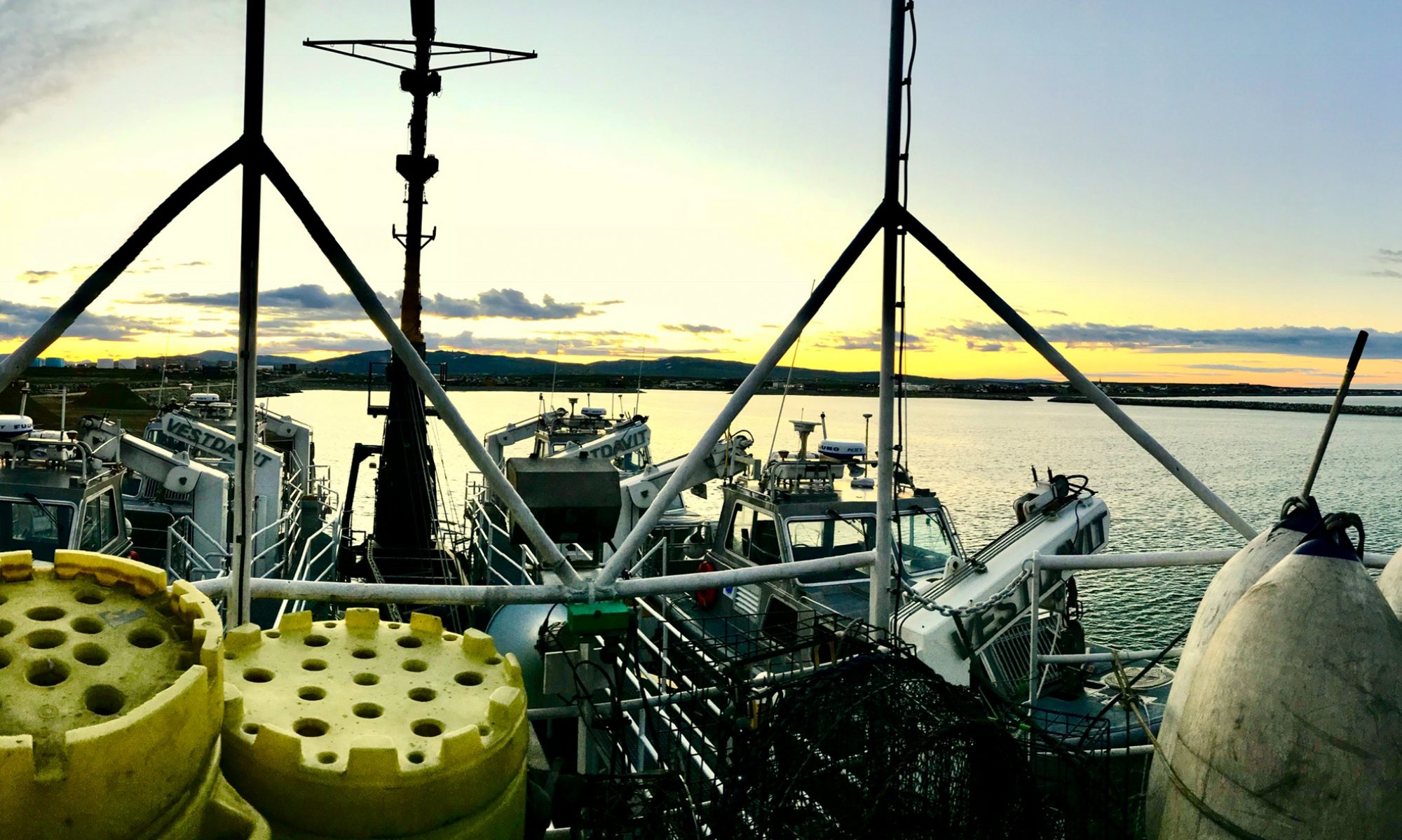NOAA Teacher at Sea
Christine Hedge
Onboard USCGC Healy
August 7 – September 16, 2009
Mission: U.S.-Canada 2009 Arctic Seafloor Continental Shelf Survey
Location: Chukchi Sea, north of the arctic circle
Date: September 14, 2009

Weather Data from the Bridge
Latitude: 720 46’N
Longitude: 1580 24’W
Temperature: 350F
Science and Technology Log
Doing science in the Arctic is challenging. The weather is difficult, the ice is ever changing, and the expense of operating an icebreaker, aircraft, or helicopter is quite high. So, how else can people get out onto the ice to study the ocean and the geology of the seafloor? One interesting project uses a hovercraft (think air hockey), which skims over the ice on a cushion of air. Using a hovercraft to study the most inaccessible places in the Arctic is not a new idea. But, Dr. John K. Hall, a member of our science party has taken this idea and run with it. John has a long history of polar exploration under his belt. Including 13.5 months floating around the Arctic on a 90 square kilometer, 60-meter thick ice sheet known as Fletcher’s Ice Island (T-3) during the 1960’s. His latest project has been to purchase and equip a hovercraft to go where icebreakers cannot (areas of VERY thick ice).

The hovercraft was completed in 2007. She is called the R/H Sabvabaa, which is the Inupiaq word for “flows swiftly over it.” This hovercraft was designed specifically for doing science in Arctic conditions. It is equipped with all the comforts of home and all the latest technology. From this research platform scientists have access to echosounding and seismic equipment to study the sea floor. They can also park the Sabvabaa easily on a floe, get out on the ice to drill, photograph, and collect samples from under the ice. This small 40-foot vessel (it fits in a semi-truck container) has great potential as a way for scientists to collect data in heavy ice conditions. For more information about the Sabvabaa check out this website.
Classroom on the Ice
Could you imagine being one of the first people to ride the hovercraft over the pack ice? Since 2008, 16 lucky Norwegian high-school students have had that honor. A competition was held as part of the Norwegian International Polar Year (IPY) program. This competition set out to find Norwegian students ages 14-18 who are interested in careers in polar geophysics. A pair of students and a pair of researchers worked from the Sabavaa for one-week intervals. During their time on the Sabvabaa, the winning students participated in geophysical, geological, and oceanographic studies on drifting ice. They also had 4 encounters with polar bears! What a great opportunity for these students. If you are interested in the student blogs from these trips (which are written in Norwegian) do a Google search for Sabavaa and have Google translate them.
FOR MY STUDENTS: Remember, not all scientists work in labs wearing white lab coats! Many researchers lead exciting and adventurous lives.

Personal Log
As an educator, one of the best parts of this expedition has been to watch the mentoring that goes on. The scientists and professors in the science party have decades of research experience to share. It is not unusual to find one of these veteran Arctic explorers sharing their expertise with graduate students from the University of New Hampshire. Not only do these “mentor scientists” have great technical expertise. They are also really good at explaining complex ideas in a very simple way. This has been wonderful for me since my background is in biology – so geophysics has been a challenge. The graduate students on board are not only learning science from the masters – they are hearing great adventure stories about past polar adventures before we had helpful technologies such as GPS and multibeam echosounders. Everyone on the Healy is in “learning mode”. The Coast Guard crew, teachers at sea, scientists, and students are constantly asking questions and sharing expertise.

